Jeep Wrangler JK’s have a throttle management system often referred to as Drive-By-Wire. Unlike older throttle management which consisted of the gas pedal attached to linkage that directly controlled the throttle body, the throttle body is managed electronically in a Drive-By-Wire system. Under these new systems, when the accelerator is pressed the movement is registered by the ECU (Engine Control Unit). This in turn regulates the actuator motor in the throttle to respond per the demand. The transfer of information produces a delay often referred to as throttle lag.
There are a variety of tuning options available that help address the lag. Systems like the Pedal Commander Throttle Response Controller, provide four distinct modes to take advantage of the electronically controlled system which include:
In addition, each mode has eight different levels of sensitivity for further customization. The controller is designed plug into the throttle position sensor and offer a plug-and-play installation without a permanent modification.
Throttle Enhancement Tuner Plugged In
Engine tuners or calibrators adjust the ECU to accommodate a modification so your rig can take full advantage of the new parts. Typically, these low end tuners are used to re-calibrate the speedometer when larger tires are used. This is helpful to display the correct speed you’re going, and also the shift points are corrected so the ride doesn’t seem sluggish. They can also be used for the following additional modifications.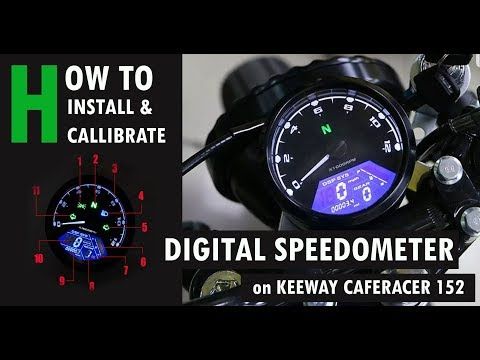
More advanced tuners can allow you to make further adjustments and display important engine performance data while you’re driving.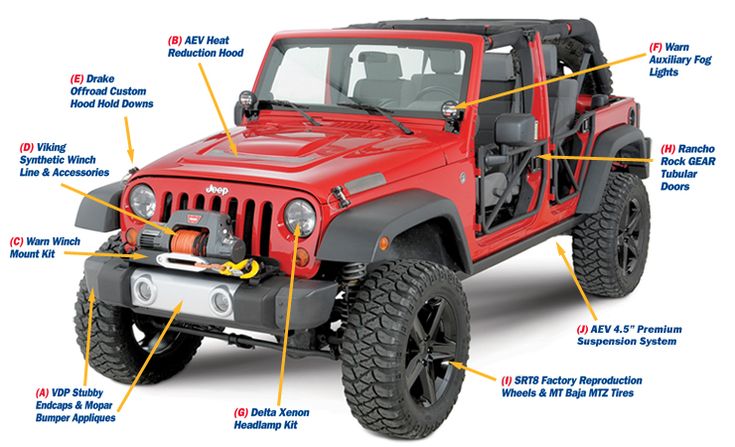 The intended use will help determine the level of tuner you’ll need.
The intended use will help determine the level of tuner you’ll need.
Another common engine tuning modification is a throttle spacer. This is a thick piece of aluminum you bolt between the throttle body and intake manifold. The additional space creates an increase in air velocity coming from the throttle body into the intake manifold. The spacers are also typically threaded along the inside, and this twists the air rushing into the intake manifold which creates more velocity.
This ultimately translates into a crisper throttle response on the low end which means from a stopped position the initial acceleration has a quicker response. This is especially helpful for Wranglers utilizing more low-end torque. The spacers typically rob some performance on the top end, but most Wranglers never excel in top-end performance anyway.
In addition, some throttle body spacer manufacturers claim there is also a slight improvement in gas mileage.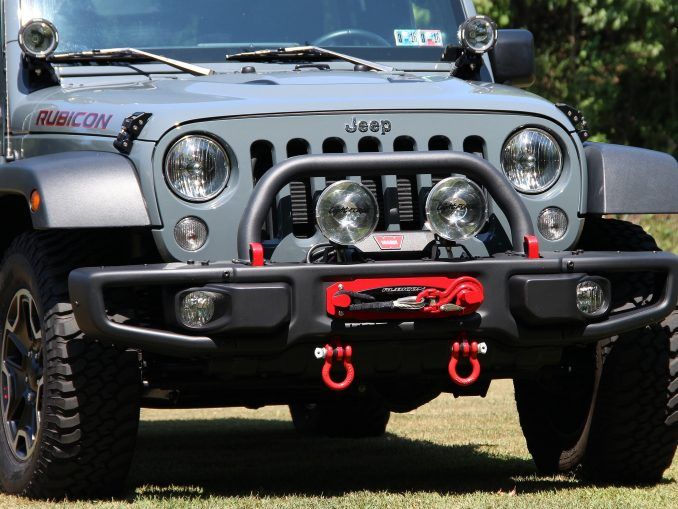 Anywhere from 1-2 mpg. These estimates are debatable, especially since the increase in low end throttle response typically translates in a more aggressive start from a stop position which demands more fuel. Nonetheless, this an inexpensive modification with very little drawbacks, and it’s something that can be easily installed/removed if you don’t like the results.
Anywhere from 1-2 mpg. These estimates are debatable, especially since the increase in low end throttle response typically translates in a more aggressive start from a stop position which demands more fuel. Nonetheless, this an inexpensive modification with very little drawbacks, and it’s something that can be easily installed/removed if you don’t like the results.
3.6L JK with a Throttle Body Spacer
Aftermarket air intakes have always been a debatable modification. These intake systems are designed to increase air volume coming into the intake manifold and shield the air source from the hot engine bay to retain a cold, denser air intake. The theory is great, but most modern engine management systems monitor the air volume and adjust the fuel delivery accordingly which affects the engine’s performance. This adjustment period might take some time which is why there’s an impressive initial reaction when the intake is first installed and then tapers off in time as the ECU re-calibrates itself for the increase in air volume. Air intake systems also claim an increase in fuel economy which is also debatable for the same reasons.
Air intake systems also claim an increase in fuel economy which is also debatable for the same reasons.
3.8L JK with an Enclosed Cold Air Intake
In addition to the debatable performance, open element air intake systems can introduce a couple of problems. The first is the introduction of water. If you plan on doing any type of water crossing, an open element system has a higher likelihood of taking in water. If water is taken into the intake manifold, it could be catastrophic for the engine since water can’t be compressed. This will lead to bent pistons and significate engine damage. Some aftermarket air intake systems counter this problem with a sealed enclosure. Aside from the danger of water intake, some open elements utilize oils on the filter to help with the filtration of the air. The theory of having larger cell openings in the filter allows for more air to come through, but also dirt. Oil looks to counter that by trapping the dust and dirt.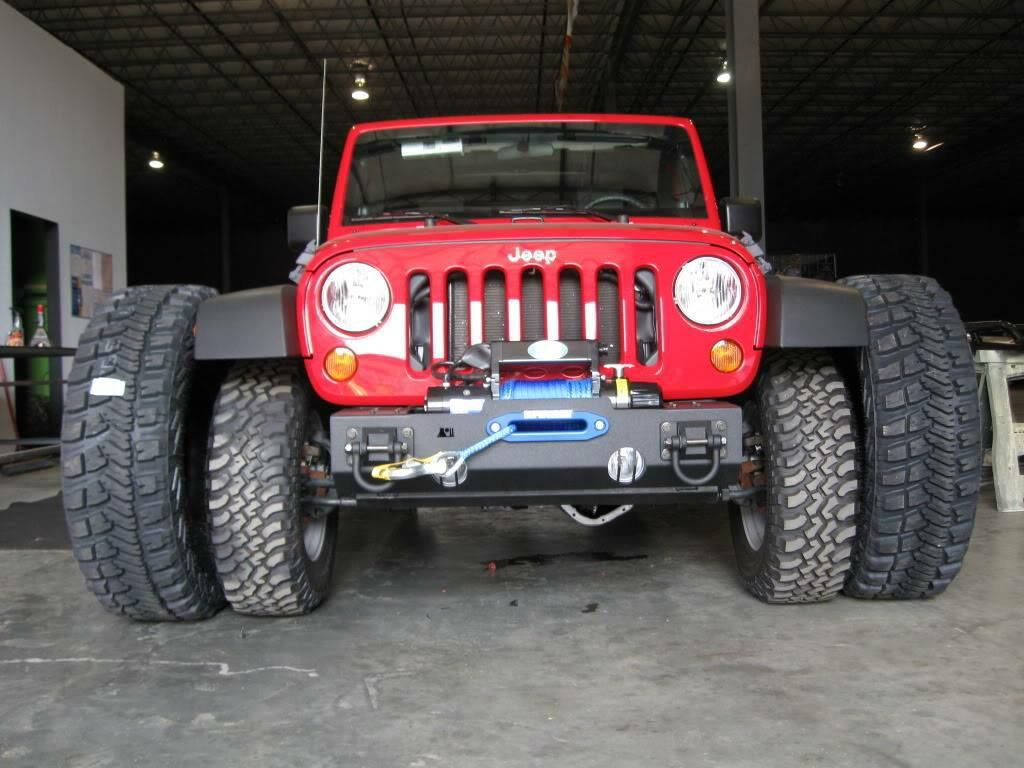 The problem with oil on the air filter is the potential of the oil working itself onto the MAF (Mass Air Flow) sensor. This is a delicate sensor that monitors the air coming into the engine. If it becomes coated with the oil from the filter, it can be easily damaged.
The problem with oil on the air filter is the potential of the oil working itself onto the MAF (Mass Air Flow) sensor. This is a delicate sensor that monitors the air coming into the engine. If it becomes coated with the oil from the filter, it can be easily damaged.
There are some cases in which an aftermarket air intake system works and is beneficial. The first is if it’s paired with a tuning chip. The tuning program recalibrates the ECU to take advantage of the increased air volume to produce more horsepower and better fuel economy. Typically, these uses are more beneficial on paved roads/highways. If you plan on driving mostly on paved roads and higher speeds, this combination might be useful and something to consider.
JK with a Snorkel System
When you upgrade the size of the tire, you also increase the overall circumference of the wheel. That means the wheel will travel less rotations to cover the same distance as the smaller tire.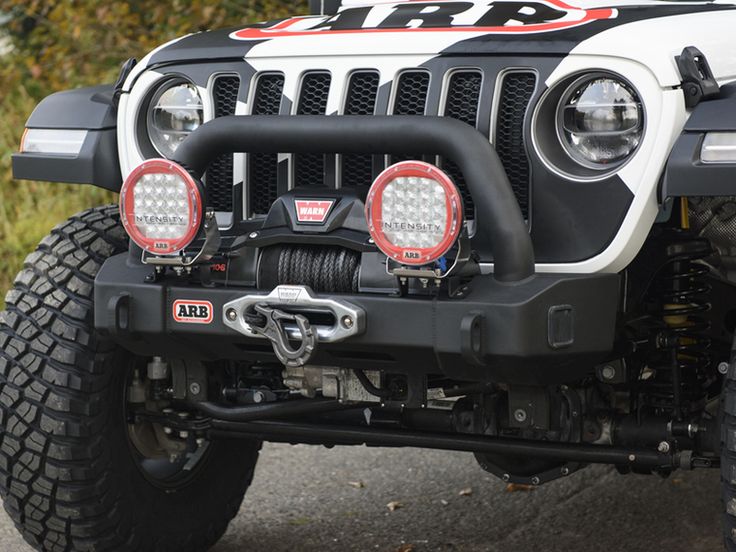 Therefore, both your speedometer and tachometer will be incorrect and need to be recalibrated. If you don’t recalibrate your Jeep to take into account the increase in tire size, then the shifting points will be incorrect and result in sluggish performance. In addition, your speed will be inaccurate and could cause miscalculations while on the road, running the risk of a speeding ticket.
Therefore, both your speedometer and tachometer will be incorrect and need to be recalibrated. If you don’t recalibrate your Jeep to take into account the increase in tire size, then the shifting points will be incorrect and result in sluggish performance. In addition, your speed will be inaccurate and could cause miscalculations while on the road, running the risk of a speeding ticket.
In order to properly recalibrate your Jeep after upgrading the tire size, you need to measure the tire. Most manufacturers don’t have an accurate interpretation of what the Jeep community has labeled as a 33”, 35” etc. tire. Often tire measurements fall in between those sizing guides, and it’s critical to get an accurate measurement. In order to start, the tire should be inflated to your desired running PSI. Once you’ve determined that and properly inflated the tire, measure the height of the tire from the ground. You’ll find the size isn’t exactly the projected 35” for example. It will most likely be 34.5” or even less. This is the number you’ll need to plug into the calibration program.
It will most likely be 34.5” or even less. This is the number you’ll need to plug into the calibration program.
As mentioned previously, you’ll need a reprogramming tool like the SUPERCHIPS flashpaq. This tool will connect to your Jeep’s OBII port and allow you to enter the tire’s new size in order to recalibrate the speedometer and tachometer. The Flashpaq can accommodate tires up to 42”, so the system is very versatile and easy to work with. The color touch display is intuitive and will walk you through the process. Once complete, your Jeep will have the correct tire dimension needed to calculate the rotations and properly display the correct speed in addition to correcting the shifting points for optimal performance.
Fitment includes: JL, JK, TJ, 1997, 1998, 1999, 2000, 2001, 2002, 2003, 2004, 2005, 2006, 2007, 2008, 2009, 2010, 2011, 2012, 2013, 2014, 2015, 2016, 2017, 2018, 2019, Sport, Sahara, SE, X, Rubicon, Unlimited, Sport-S
March 01, 2021
For speedometer calibration, there are a few things to know to get the best possible results. Below we will cover what you need to know in detail. There is no easier or more accurate method than ECRI's GPS Speedometer Calibration, covered at the bottom of the post.
Below we will cover what you need to know in detail. There is no easier or more accurate method than ECRI's GPS Speedometer Calibration, covered at the bottom of the post.
If you want a fast and pretty close speedometer calibration, program your tire size one inch shorter than the advertised tire size. This will normally be extremely close. If you want more information about calibrating your speedometer, keep with us.
Example of a tire spec chart showing the overall diameter when measured at max PSI on a certain width rim without vehicle weight applied
The most common error in calibrating a speedometer is using the size stamped on the sidewall of a tire. This is not correct for the follow reasons:

All of these factors combine to create a rolling diameter that can be much smaller than the advertised tire size.
The easiest method for measuring your rolling diameter is to measure from the center of your hub/wheel to the ground, then multiply by 2. This will account for manufacturing variances and sidewall deflection.
Vehicle manufacturers build a speedometer tolerance into vehicles to account for changing tire pressures, tire wear and manufacturers discrepancies for the original size tire. A normal speedometer tolerance is 3%. This translates to a speedometer that reads approximately 2mph slow at 60mph.
The odometer will normally not be affected by the speedometer tolerance, which means if you drove with your speedometer reading 100mph for an hour, your odometer would be at 103 miles. This is a small detail that shouldn’t matter to most people, but we’ve had customers notice before.
This is a small detail that shouldn’t matter to most people, but we’ve had customers notice before.
We've covered a lot of variables and math...which might be too much too think about. The easiest way to calibrate your tire size is to use the GPS feature in the ECRI app.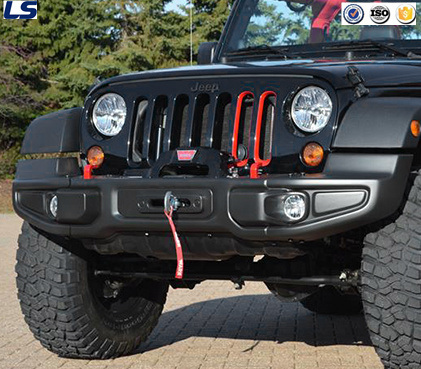 This feature will compare readings from your Jeep and phone’s GPS to determine the correct tire size setting for you. Here are some tips for the results:
This feature will compare readings from your Jeep and phone’s GPS to determine the correct tire size setting for you. Here are some tips for the results:
The vehicle's speedometer gives the driver an accurate estimate of the vehicle's speed. Speedometers on stock vehicles are calibrated for use with vehicle aftermarket parts. Replacing spare parts, including vehicle tires, may cause speedometer calibration to fail; larger tires cause the speedometer to read slower than the actual speed of the car, while smaller tires cause the speedometer to read faster than the actual speed of the car. You can calibrate your speedometer in a few easy steps. nine0003
You can calibrate your speedometer in a few easy steps. nine0003
Content
Open the hood of the car and find the gearbox. Unscrew the speedometer cable from the transmission tailshaft and use a crescent wrench to remove the bolt holding the gearbox housing cover in place. Remove the plate to reveal two gears: a drive gear mounted inside the gearbox and a driven gear attached to the speedometer cable. Count the number of teeth on the drive gear and write down their number. nine0003
Measure from the top of one of the vehicle's wheels to the center of the wheel. Multiply this number by two to determine the diameter of the tire.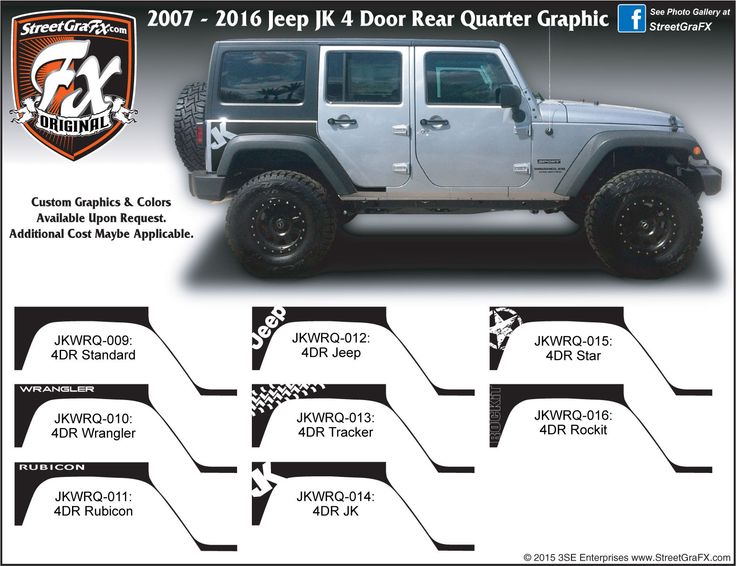 Divide 20,168 by the tire diameter to find the tire RPM.
Divide 20,168 by the tire diameter to find the tire RPM.
Multiply the vehicle RPM by the number of pinion teeth found in step 1. Multiply this value by the vehicle axle ratio. Look at the ratio of the axles of the car in the accompanying documents that came with your car. It can also be found in the vehicle's glove box. Divide the solution by 1,001. The resulting number is the number of driven gear teeth needed. nine0003
Contact the vehicle manufacturer or your local speedometer service department and purchase the required driven gear for your vehicle. You must include the make, model and year of your vehicle to ensure you are getting the correct gear.
Remove the old driven gear from the end of the speedometer cable by pulling it out of the clips that hold it in place. Attach the new driven gear to the speedometer cable. Replace the gear case cover and secure it with the bolt removed in step 1. Secure the speedometer cable in place.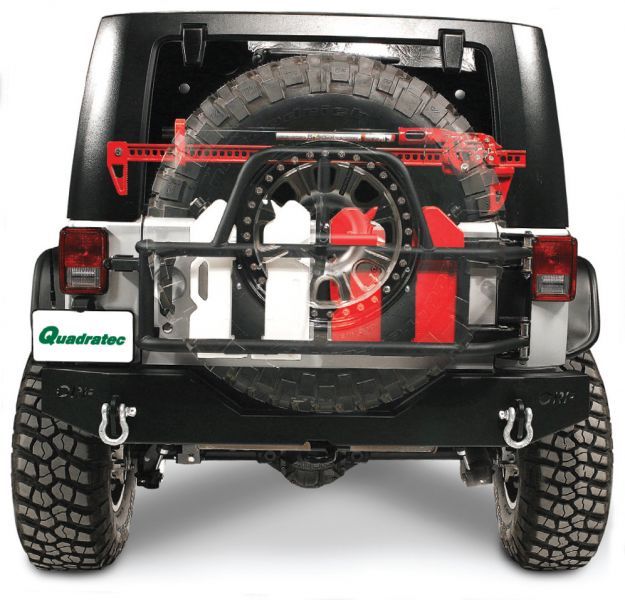 nine0003
nine0003
Determine the test drive distance required to calibrate the speedometer. This information may be in your owner's manual or other accompanying documentation, but it is also available from the vehicle manufacturer.
Press and hold the calibration button on the speedometer, start the car and release the button.
Press the button again and walk the distance prescribed by the speedometer manufacturer. nine0003
Press the button a third time after you have traveled the specified distance. After pressing the button for the third and last time, the speedometer will be calibrated to match the size of the new tire.
Car make: Brand Acura Alfa Romeo Aston Martin Audi Bentley bmw Brilliance Buick byd Cadillac changan Chery Chevrolet Chrysler Citroen Daewoo Daihatsu Datsun Dodge Dongfeng Ds Dw Evolute Exeed FAW Ferrari fiat Ford Foton gac Geely Genesis Great Wall hafei Haima Haval hawtai Honda Hummer Hyundai Infiniti Iran khodro Isuzu Iveco Jac Jaguar Jeep Kia Lamborghini Lancia Land Rover Lexus Lifan Lincoln lotus Maserati Maybach Mazda Mercedes MG Mini Mitsubishi Nissan Omoda Opel Peugeot Pontiac Porsche Ravon Renault Rolls Royce Rolls Royce Rover Saab seat Skoda Smart ssangyong Subaru Suzuki Tesla Toyota Volkswagen Volvo Vortex (tagaz) ZAZ Zotye AZLK VAZ GAS OKA TaGAZ UAZ
Model: Model Cherokee Commander Compass Grand Cherokee Liberty Renegade Wrangler Wrangler Unlimited
Modification: Modification2.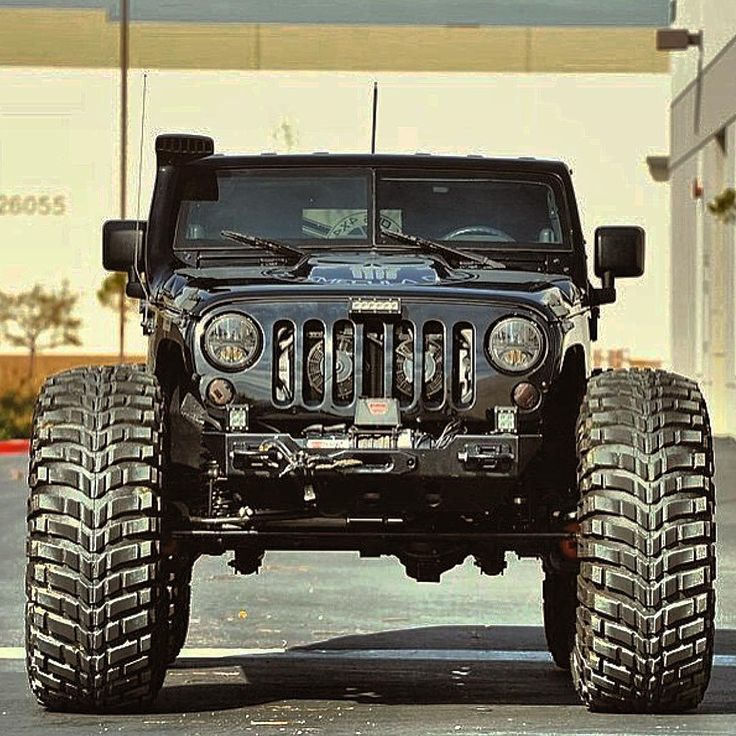 0T Rubicon2.0T Sahara2.0T Sport2.42.52.8 CRD3.6 V63.84.0
0T Rubicon2.0T Sahara2.0T Sport2.42.52.8 CRD3.6 V63.84.0
Year: Year1996199719981999200020012002200320042005200620072008200920102011201220132014201520162017201820192020202120222023
nine0002 Body: BodyJKJLTJ| Engine | Year | Body | Tires | Discs | Tires for tuning | Tuning wheels | Other |
|---|---|---|---|---|---|---|---|
| 2.0T Rubicon | 2018 | JL | Factory equipment 255/75 R17 Replacement options- | Main settings PCD:5/127 Dia:71. - | Front axle / Rear axle - | Front axle / Rear axle - nine0124 | - |
| 2019 | JL | - | |||||
| 2020 | JL | - | |||||
| 2021 | JL | - | |||||
| 2022 | JL | - | |||||
| 2023 | JL | Factory equipment - Replacement options nine0002 - | Main settings PCD:5/127 Dia:71.5 Nut 1/2*20 Factory equipment- Replacement options- | - | |||
| 2.0T Sahara | 2018 | JL | Factory equipment 255/70 R18 Replacement options- | Main settings PCD:5/127 Dia:71. - | Front axle / Rear axle - | Front axle / Rear axle - nine0124 | - |
| 2019 | JL | - | |||||
| 2020 | JL | - | |||||
| 2021 | JL | - | |||||
| 2022 | JL | - | |||||
| 2023 | JL | Factory equipment - Replacement options nine0002 - | Main settings PCD:5/127 Dia:71.5 Nut 1/2*20 Factory equipment- Replacement options- | - | |||
| 2.0T Sport | 2018 | JL | Factory equipment 245/75 R17 Replacement options- | Main settings PCD:5/127 Dia:71. - | Front axle / Rear axle - | Front axle / Rear axle - nine0124 | - |
| 2019 | JL | - | |||||
| 2020 | JL | - | |||||
| 2021 | JL | - | |||||
| 2022 | JL | - | |||||
| 2023 | JL | Factory equipment - Replacement options nine0002 - | Main settings PCD:5/127 Dia:71.5 Nut 1/2*20 Factory equipment- Replacement options- | - | |||
| 2.4 | 1996 | TJ | Factory equipment 215/75 R15 225/75 R15 Replacement options- | Main settings PCD:5/114. - | Front axle / Rear axle - | Front axle / Rear axle - nine0124 | - |
| 1997 | TJ | - | |||||
| 1998 | TJ | - | |||||
| 1999 | TJ | - | |||||
| 2000 | TJ | - | |||||
| 2001 | TJ | - | |||||
| 2002 | TJ | - | |||||
| 2003 | TJ | - | |||||
| 2004 | TJ | - | |||||
| 2005 | TJ | - | |||||
| 2006 | TJ | - | |||||
| 2.5 | 1996 | TJ | Factory equipment 215/75 R15 225/75 R15 Replacement options- | Main settings PCD:5/114. 7x15 ET 31 Replacement options- | Front axle / Rear axle - nine0124 | Front axle / Rear axle - | - |
| 1997 | TJ | - | |||||
| 1998 | TJ | - | |||||
| 1999 | TJ | - | |||||
| 2000 | TJ | - | |||||
| 2001 | TJ | - | |||||
| 2002 | TJ | - | |||||
| 2003 | TJ | - | |||||
| 2004 | TJ | - | |||||
| 2005 | TJ | - | |||||
| 2006 | TJ | - | |||||
| 2.8 CRD | 2006 | JK | Factory equipment 245/75 R16 245/75 R17 Replacement options255/75 R17 255/70 R18 | Main settings PCD:5/127 Dia:71. 7x16 ET 44 Replacement options nine0002 7.5x17 ET 44 7.5x18 ET 44 | Front axle / Rear axle - | Front axle / Rear axle - | - |
| 2007 | JK | Main settings nine0002 PCD:5/127 Dia:71.5 Nut Factory equipment 7x16 ET 44 Replacement options 7. | - | ||||
| 2008 | JK | - | |||||
| 2009 | JK | ||||||
| 2010 2010 | JK | - | |||||
| 2011 | JK | Factory equipment 245/75 R17 255/70 R18 Replacement options255/75 R17 | Main settings PCD:5/127 Dia:71.5 Nut Factory equipment 7. 7.5x17 ET 44 | - | |||
| 2012 | JK | - | |||||
| 2013 | JK | - | |||||
| 2014 | JK | - | |||||
| 2015 | JK | - |
In order to find out which tires to put on a Jeep Wrangler - select a year and make a choice in favor of one or another engine. You will be presented with a list of recommended sizes for your vehicle.
offers factory-recommended tire sizes for Jeep Wrangler, and tire replacement options.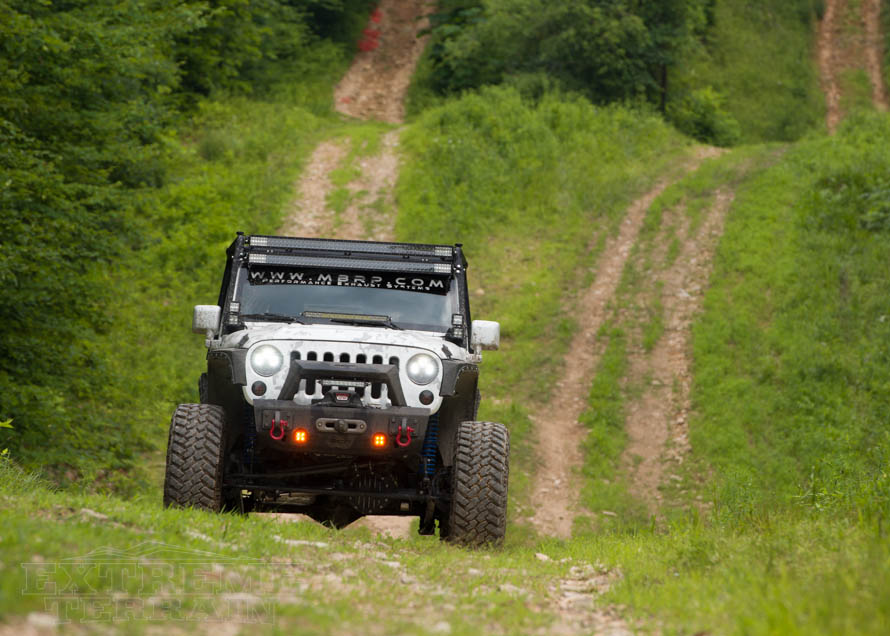 So, in order to pick up and buy tires for Jeep Wrangler, you need to click on the size, and you will be presented with a diverse range of tires of various brands of the appropriate size. nine0003
So, in order to pick up and buy tires for Jeep Wrangler, you need to click on the size, and you will be presented with a diverse range of tires of various brands of the appropriate size. nine0003
Then, after choosing the appropriate size and tire model, you just have to choose the right wheels for the previously selected car tires for Jeep Wrangler. in addition, without exception, all wheel sizes on the Jeep Wrangler are also offered by the manufacturer's sizes and, of course, such wonderful replacement options. and in order, say, to buy wheels for Jeep Wrangler, it is enough just to click on the recommended factory size or replacement option and choose the right wheel model for yourself from the entire list. and if you still have some questions regarding the choice of rims and car tires, or it is absolutely unclear to you how to select car alloy wheels for Jeep Wrangler, you can easily ask them to our highly qualified managers directly by calling 8 (812) 325 -21-21.